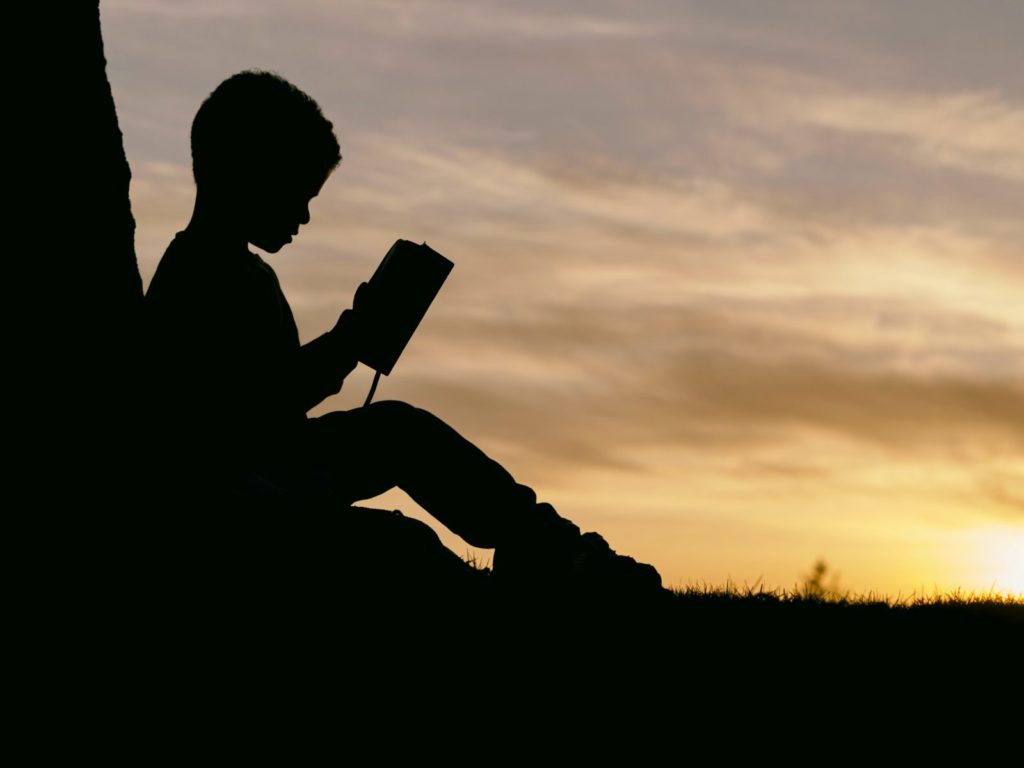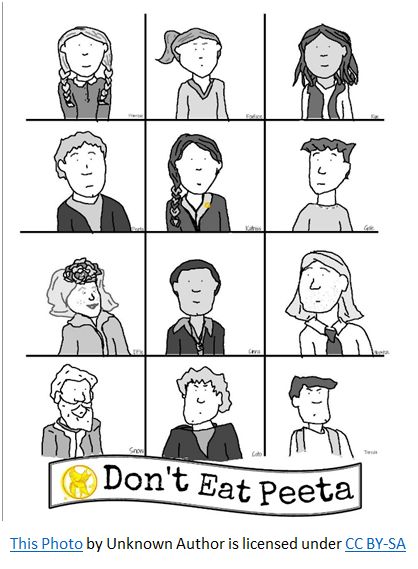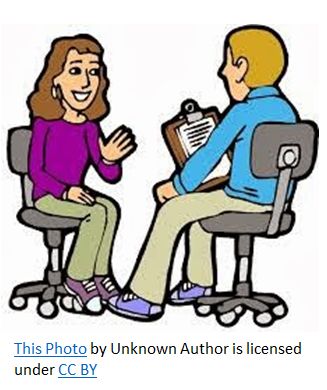Engaging Kids in Genealogy
 19
19Jul
Have you ever been so excited about a discovery you made in your genealogy, but when you start to share it with your kids, they get glassy-eyed with expressions of boredom? Sometimes, getting your children to take an interest in their family history is met with less than enthusiastic reactions. Introducing genealogy in simple and fun ways can change that.
Families can create their own games modeled after popular children’s games. These can incorporate ancestor photographs or historic documents when appropriate. For smaller children, basic coloring or drawing can engage them. Telling a simple story about an ancestral name or about an ancestor is a fun activity. The internet has many exciting resources as well. One popular website is the BYU Family History Technology Lab’s Ancestor Games page. Some of the games can be integrated into the child’s everyday experiences. Trips are a good opportunity to tell about a location associated with an ancestor or even with your own childhood. Children will often find it interesting to hear the significance of a location to your own life before they were born.
After hearing something about an ancestor, some children may appreciate a challenge to find that ancestor’s name. This way you can introduce children to the joy of research. You might direct them to a website such as FamilySearch and ask them to type in a certain ancestor’s name. You can do it in advance to ensure there is something of interest there that the child will be able to find. The experience of finding a record, and seeing the ancestor’s name on a census page or military draft record, may awaken a greater interest for your child that will continue to grow. The following are some popular activity options and how they can be implemented.
Start ‘em young

There is no rule about waiting for your kids to be teenagers to instill in them a love of genealogy. Young children can get to know their ancestors through games and stories. A game that is simple to put together is based on the preschool favorite, “Don’t Eat Pete.” In this game you create a board with nine squares which each contain simple characters. It works best if you draw them with distinguishable features—big ears, red lipstick, spiky hair. You can even let your children be the artists. Once the board is ready, begin the game by telling a story about one of your ancestors. It can be the time you visited Uncle Tom when you were in Washington D.C. or when great-great-Grandma immigrated to the United States from England. Keep it short and simple, with some details they can relate to. For instance, when you visited the Tomb of the Unknown Soldier with Uncle Tom, you had to be extra quiet during the changing of the guard. So, challenge your child to be silent for one or two minutes as they reverently think about something significant in their own past or in their family history. Or you could share great-great-Grandma’s English accent and have them try to speak with an accent too. After the story, one child will leave the room. The other children decide which character will be the ancestor from the story, then you put a small snack on each of the squares like a piece of candy, a fruit snack, or even a chocolate chip. When the child returns to the room, he eats the snacks randomly, one by one, until he gets to the one representing his ancestor. At this point the other children call out, “Don’t eat Uncle Tom.” You can adjust the name according to the ages of the children playing. Simple names, like great-Grandma and Uncle Tom are best for 3-6 year-olds, but don’t be afraid to use full names, like Szczepanek Warzawski, for 6-9 year-olds, who like a little bit of a challenge. Repeat the game until everyone has had a turn.
Ready for more
The attention span of school age children will grow and they will progress to longer games. Your children will have fun and will learn about their ancestors by playing a game based on the popular children’s game “Guess Who.” To play, gather 20-25 photos of your ancestors (or even extended family you don’t see much). Scan them into your computer and add small captions to them. The captions can include the ancestor’s name and also a fact like “Lived in the same city as Abraham Lincoln” or “Had curly hair like Amy.” Print three (2.5 X 3.5 works well) of each photo on cardstock and cut them out. To play: Each player lays out one set of cards, face up, in front of them. Each player then draws a card from the remaining set of cards. The goal is to guess which ancestor the other player selected. The players take turns asking “yes,” or “no” questions to narrow down the possibilities. The questions can be based on the captions or on the appearance in the photo. According to the answer, the cards that don’t match the description are turned over until only one card is left.
The same cards can also be used for other games as well. Using two sets you can play a memory matching game. Using four sets of ten of the cards you can play “Go Fish.” The repetitiveness of the games teaches your children about their family history without them realizing it has anything to do with genealogy.
Teens
Teens are old enough for real research and many can navigate a computer better than their parents. Stimulating a sense of self-discovery of how they fit into their wider family, their origins, and why they are alive now and are living in a particular place may excite their interest. A desire to know who we are is fundamental to personal identity and development, and this is innate in each of us. We can help our children awaken their natural curiosity. Doing things together as a family can ease your teen into learning about their genealogy.
Consider including some of your family’s history on your next vacation or road trip by stopping in front of the house Grandma grew up in or the school you attended as a child. Visit a museum with exhibits related to your family history, such as those focused on pioneers, railroads, or an ancestral country or ethnicity.

Invite someone over to share a brief story of themselves or of their cultural heritage. Ask them to bring photos or other objects relating to their life. Plan to take 15-20 minutes to talk about their life and then answer questions.
Do a family paleography challenge by printing copies of old records and see if they can read them. Have a variety to choose from as you don’t want them all to be too easy or too hard. The National Archives (UK) has a simple interactive paleography game called the “Ducking Stool,” if they are up to the challenge. It can be found here.
A common mantra for genealogists is to Start with what you know. This idea works well when introducing your teen to family history work. Let them start with who they know best—themselves. They can do a journal either online or offline. Journal jars, from which they pick a question to answer can stimulate an entry in their personal journal. Most people need help knowing how to get started. Scrapbooks or digital slide shows with photos of their life from infancy to the present are creative outlets for teens to get involved with documenting their personal history.
Sometimes teens are more willing to try something when asked by someone other than Mom and Dad, so see if Aunt Carol will personally request your teen’s help with the next family reunion to gather short stories from each of the families and compile them. Maybe Grandpa Joe can ask the teen to be in charge of videoing the next holiday get-together and edit it to show highlights. Make sure you communicate your child’s capabilities beforehand so the expectations are realistic for the request. Most teens like to be pushed a little when doing new things, but expecting your shy 15-year old to approach eight families she doesn’t know well, and ask for a family story, can be scary. Try to set up positive experiences related to genealogy, and this will require some pre-planning. However, seeing if she will ask her cousins about their favorite summer vacation may be a non-threatening opportunity that she would be comfortable with.
By adding some fun, one day those glassy-eyed, bored expressions will change. Your children will see how genealogy relates to them and how they fit into a much bigger family picture. Even for families that feel like they do not have any interesting stories to share, or who do not know whether the family story they have always heard is true, it is amazing how much can be discovered. If you need assistance researching your ancestors, our experts at Price Genealogy can help you uncover the stories that will engage your family members.
KayLynne and Michael
